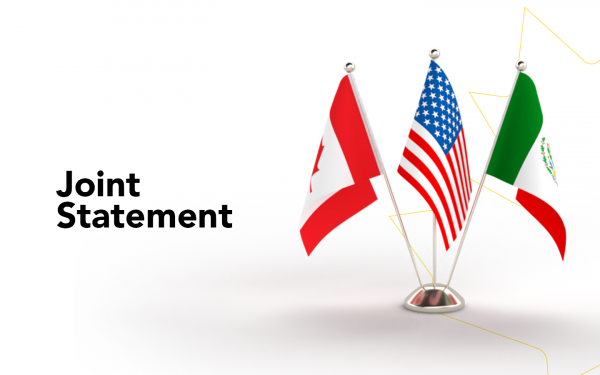Canada’s Indo-Pacific strategy comes up short for exporters
As published in The Toronto Star
There is much to applaud in Ottawa’s recently released Indo-Pacific Strategy. For starters, it offers a comprehensive framework with clear objectives and corresponding financial commitments. It also makes a compelling case for why Canada, itself a Pacific country, must prioritize and pursue its vital interests in the region. These are all things which business leaders have long advocated.
It’s in the details where key elements of the strategy come up short.
The most notable deficiency concerns the lack of emphasis on domestic infrastructure to ensure Canadian exporters can get their goods to market. The largest infrastructure commitments contained in the strategy are limited to new investments in the countries to which we hope to sell.
Granted, there are good reasons why Canada should help support infrastructure projects in the Indo-Pacific: first and foremost, our exporters won’t have much success if the markets they are targeting lack the capacity to accommodate higher trade volumes; second, some of those projects could ultimately be managed by Canada’s world-class engineering and construction companies.
But trade facilitation is an end-to-end undertaking, and, as such, we must enhance the resilience, reliability, and capacity of export-enabling infrastructure here in Canada.
In this area, the strategy is largely silent, beyond acknowledging that some infrastructure projects — ports, roads, and rail connections — could get money from the previously announced National Trade Corridors Fund.
Worse, the strategy makes no mention of expedited approvals for projects required to support energy exports. In fact, the only mention of domestic energy infrastructure is a passing reference to it as an area where Canada can collaborate with Korea and Japan. This is an odd omission, given that energy supplies are what our Indo-Pacific partners want most from Canada.
When South Korean President Yoon Suk Yeol visited in September, he and Prime Minister Trudeau signed a joint statement containing a commitment to the “building of value chains in Canada and Korea to support clean energy transition and energy security.” Weeks later, the government released a Canada-Japan Action Plan which also highlighted energy infrastructure.
The absence of ambition on energy exports is clear from the numbers. The Indo-Pacific Strategy states Canada will “expand natural resource ties” with priority countries in the Indo-Pacific. Yet according to the background notes, the financial commitment for this objective is a mere $13.5 million over five years. That’s roughly 0.005 per cent of the strategy’s total commitment of $2.3 billion.
In fairness, the strategy does at least recognize the importance of Canadian energy exports to the Indo-Pacific. Not only would they allow regional allies, such as Korea and Japan, to reduce their reliance on Russia and other authoritarian regimes, they would also help other countries in the region transition away from older, higher emission forms of energy, such as thermal coal.
For those reasons, it was disappointing the strategy makes no reference to Canadian liquefied natural gas (LNG).
Speaking in Washington in early October, Deputy Prime Minister Chrystia Freeland rightly identified LNG as “an important transition fuel” in the fight against climate change. Foreign Minister Melanie Joly further highlighted LNG during her recent visit to Japan and Korea.
The strategy is also strangely silent on nuclear power. Canada is an undisputed world-leader in nuclear energy, including small modular reactors, and a significant global exporter of uranium. With demand for nuclear power rebounding in Asia, this is yet another area where Canada could provide innovative solutions to help our friends and allies decarbonize.
The success of any strategy depends on its implementation. Broadly speaking, the plan points us in the right direction and outlines some of the early steps Canada will take towards its goals — something that was sorely needed.
The government must now translate aspirations into actions and actions into achievements. In this, it can count on support from Canada’s business leaders.










